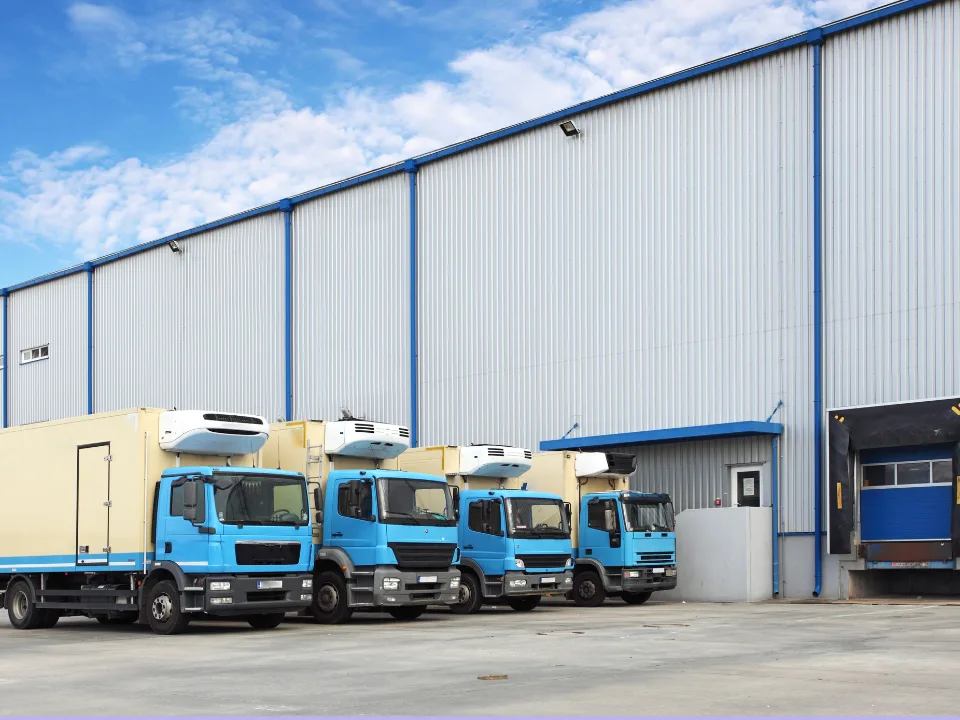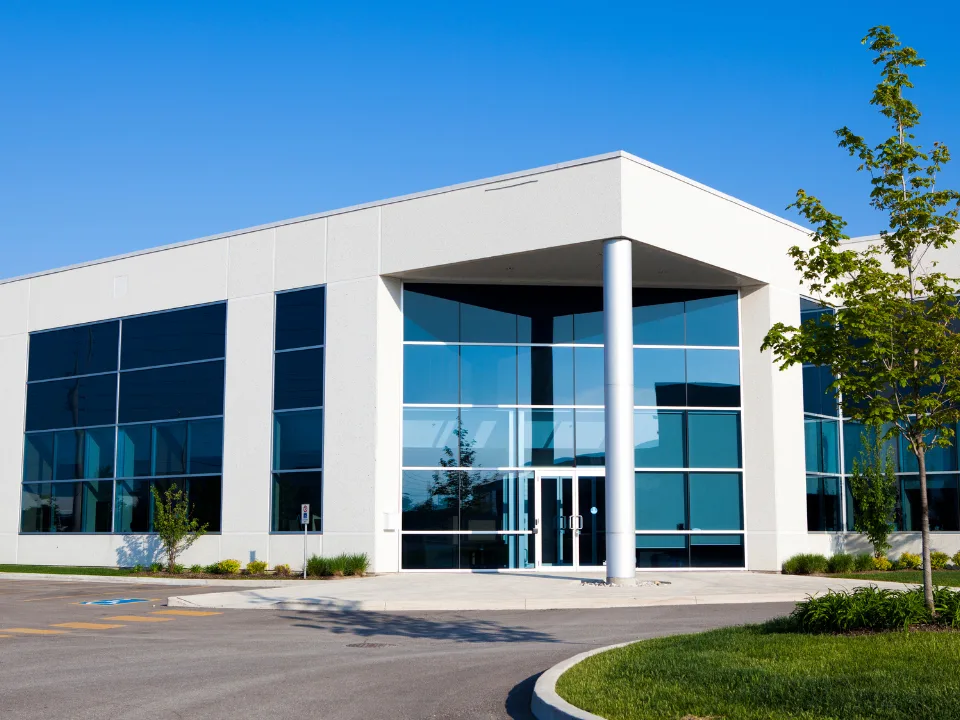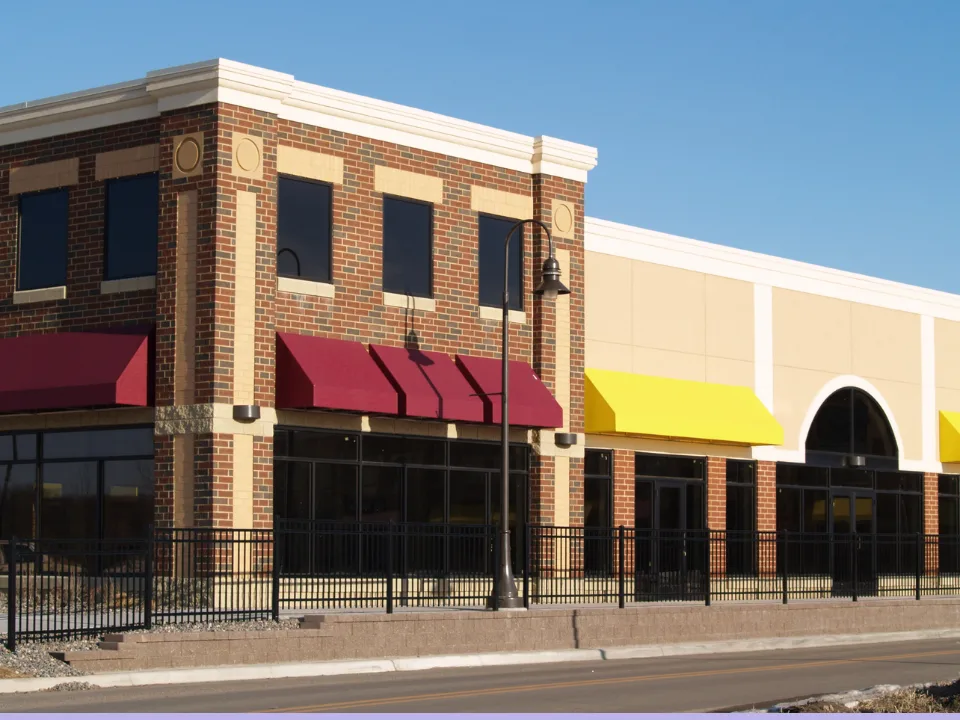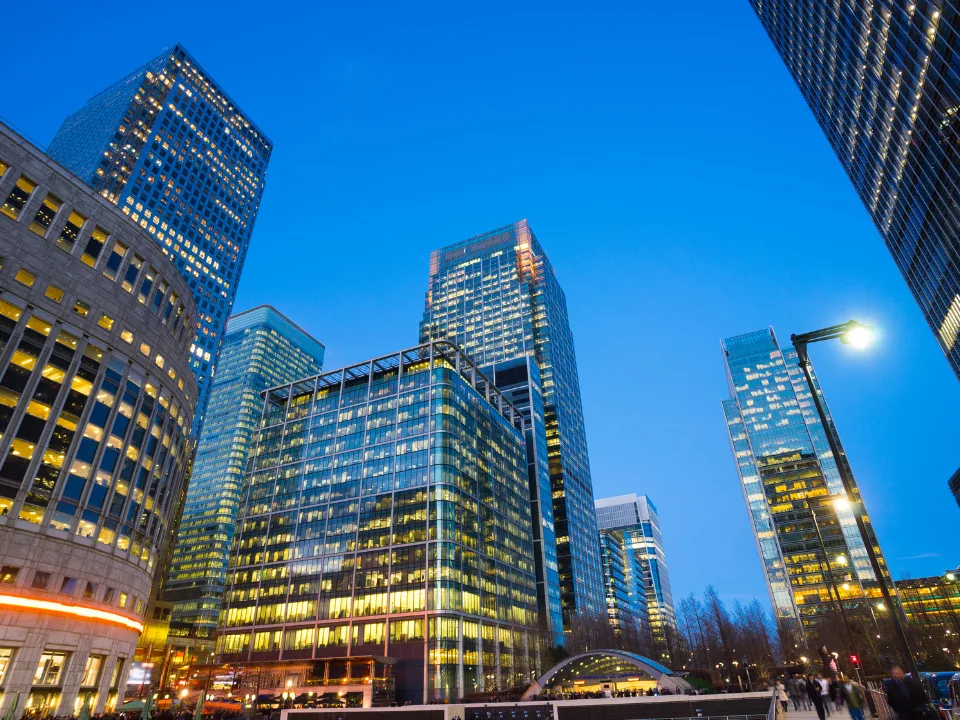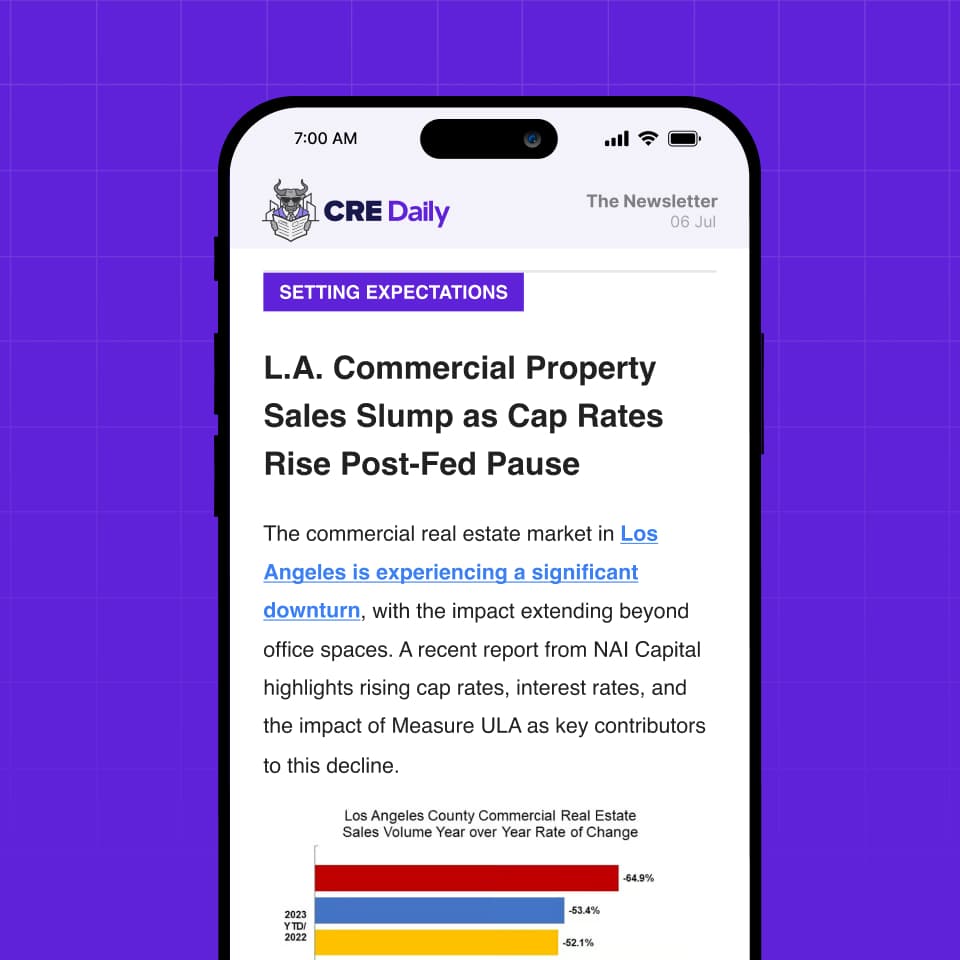- Phoenix led the US industrial sector in deliveries, contributing 9% of the national total.
- Dallas saw a steep drop in industrial completions but remains a leader in cold storage development.
- Savannah-Hilton Head boasts the largest under-construction pipeline, signaling continued growth despite a slowdown in completions.
The US industrial market continues to evolve, with new development trends emerging in response to changing demands.
In 2024, a total of 358 MSF of industrial space came online, a dip compared to previous years but still higher than pre-2020 levels, per Commercial Search.
While traditional warehouses and distribution centers dominated, new asset types such as manufacturing facilities and data centers have started to take center stage in top markets.
Get Smarter about what matters in CRE
Stay ahead of trends in commercial real estate with CRE Daily – the free newsletter delivering everything you need to start your day in just 5-minutes
Ranking The Top 10
- Phoenix: Phoenix led the nation with 32.6 MSF delivered across 162 projects. Despite a slight decrease from 2023, the metro has the second-largest under-construction pipeline, with 22.4 MSF in the works. The first phase of Virgin Industrial Park, comprising 1 MSF, is one of the year’s notable completions.
- Dallas: Dallas saw a 58% drop in industrial completions year-over-year, with 29.1 MSF delivered. However, Dallas-Fort Worth remains the leader in cold storage development, with multiple projects completed in recent years. The metro has 19.1 MSF under construction, signaling continued activity.
- Inland Empire: The Inland Empire accounted for 6% of national deliveries, completing 20.8 MSF across 70 projects. While there was a reduction in completions from 2023, the metro’s large pipeline continues, with 9.1 MSF under construction at the end of the year.
- Chicago: Chicago’s industrial deliveries amounted to 13.7 MSF, down sharply from 2023’s 29.3 MSF. The metro still has a strong under-construction pipeline, with 7.6 MSF underway. One of the largest projects in the area is the Plainfield Business Center, expected to total over 8 MSF.
- Houston: Houston completed 12.2 MSF across 67 projects in 2024, a steep drop from the 29.5 MSF delivered in 2023. The metro’s under-construction pipeline stands at 12.9 MSF. Cedar Port Logistics Center, with its 800.4 KSF facility, is a notable recent addition.
- Savannah-Hilton Head: The area’s industrial deliveries saw a significant decline in 2024, down to 11.8 MSF from the previous year. However, the metro is still poised for growth, with a staggering 23.9 MSF under construction, the largest pipeline in the nation. Horizon 16 Industrial Park’s second phase, which will add 1.5 MSF, is a key upcoming development.
- Las Vegas: Sin City delivered 11.2 MSF across 43 projects in 2024, slightly up from 2023. The largest facility completed was the 1 MSF Building 2 within North Vegas Logistics Center, part of a two-building complex that spans over 2 MSF.
- Charlotte: Charlotte’s industrial deliveries dropped by more than 25% YoY, completing 11.1 MSF across 37 projects. The market’s under-construction pipeline stood at 5.7 MSF. Noteworthy in 2024 was the 1.4 MSF fulfillment center built for Macy’s (M).
- New Jersey: New Jersey saw 10 MSF of industrial space delivered, down from 14.2 MSF in 2023. The metro’s construction pace slowed due to rising vacancy rates and local opposition. With only 5.5 MSF under construction, the state’s industrial future appears more restrained.
- Austin: Austin completed 10 MSF of industrial space across 88 projects in 2024. While consistent with the previous year’s numbers, the market remains active, with 13.5 MSF under construction. The metro has also become a prime location for both commercial and residential development, further boosting its industrial sector.
What’s Next
As the industrial market adjusts to changing demands, these top metros will continue to be at the forefront of development, with new trends emerging in manufacturing and tech-related spaces.
While the delivery pipeline is expected to slow in 2025, these markets will remain critical hubs for the US industrial sector.


